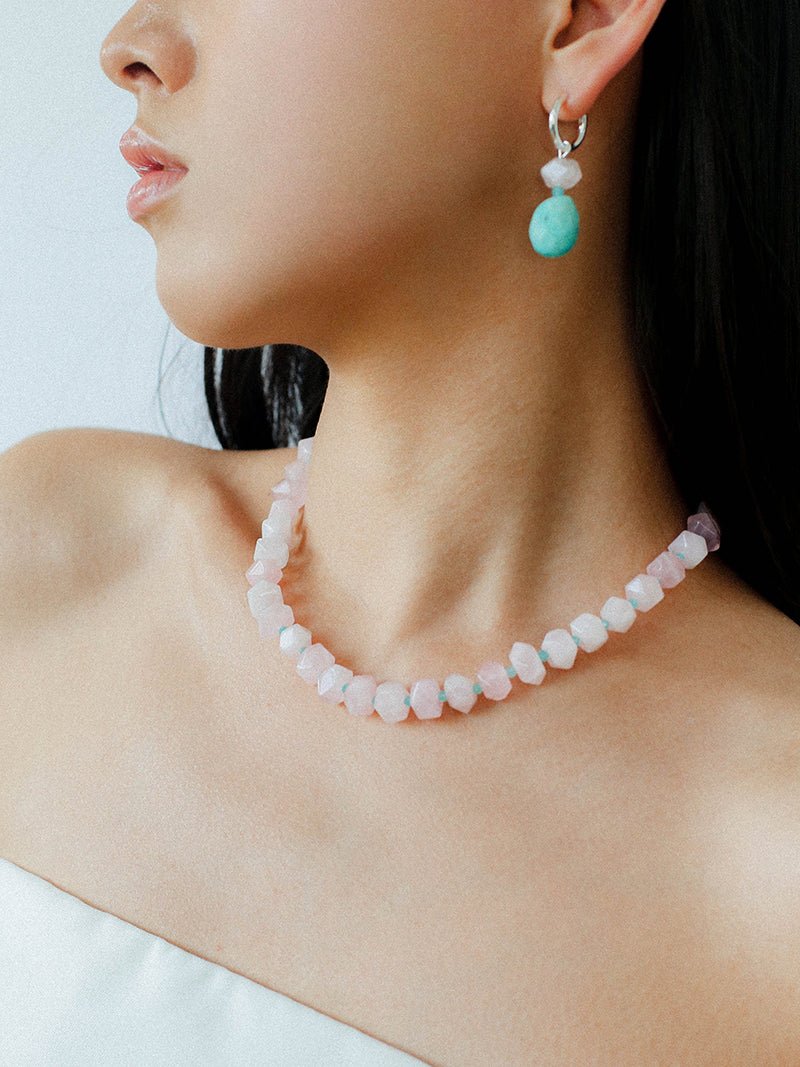Lab-grown gemstones are created in controlled laboratory environments, replicating the natural processes that form precious stones. These gems possess the same chemical, physical, and optical properties as their natural counterparts. Below are the common types of lab-grown gemstones:
1. Lab-Grown Diamonds
-
Description: Created using High Pressure High Temperature (HPHT) or Chemical Vapor Deposition (CVD) methods, lab-grown diamonds are real diamonds with identical carbon crystal structure as natural diamonds.
-
Features: Exceptional hardness (Mohs 10), brilliant fire and sparkle, ethical and environmentally friendly, often more affordable than mined diamonds.
-
Special Types: High-Carbon Lab-Grown Diamonds with enhanced purity and brilliance, offering superior performance and closer resemblance to natural diamonds.
2. Lab-Grown Sapphires
-
Description: Composed primarily of corundum (aluminum oxide), lab-grown sapphires can be produced in various colors, most notably the classic deep blue.
-
Features: High hardness (Mohs 9), vivid and pure colors, excellent clarity.
-
Uses: Fine colored jewelry, watch components, and luxury accessories.
3. Lab-Grown Rubies
-
Description: Also a variety of corundum, lab-grown rubies share the exact composition of natural rubies and feature the iconic rich red color.
-
Features: Hardness of 9, bright and saturated red hues, high transparency.
-
Uses: High-end jewelry, often paired with complementary stones.
4. Lab-Grown Emeralds
-
Description: Primarily beryl, lab-grown emeralds are produced through hydrothermal or flux growth methods, resulting in vibrant green gems.
-
Features: Rich green color, high clarity with fewer inclusions than natural emeralds.
-
Uses: Exclusive fine jewelry pieces.
5. Lab-Grown Moissanite
-
Description: Silicon carbide gemstones that mimic diamond’s brilliance but have a different chemical composition.
-
Features: Exceptional fire and brilliance, hardness around 9.25, more affordable than diamonds but not a diamond substitute in composition.
-
Uses: Popular diamond alternative for engagement rings and fashion jewelry.
6. Lab-Grown Yellow Diamonds
-
Description: Yellow diamonds grown in labs using HPHT or CVD, exhibiting a range of yellow hues due to nitrogen content.
-
Features: Same hardness and brilliance as colorless lab diamonds, vibrant yellow to fancy shades.
-
Uses: Unique colored diamond jewelry, statement pieces.
7. Lab-Grown Topaz
-
Description: Synthetic topaz gemstones created to mimic natural topaz in various colors, including blue and pink.
-
Features: Good hardness (Mohs 8), bright and transparent, affordable.
-
Uses: Fashion and fine jewelry with a range of color options.
8. Lab-Grown Paraiba Tourmaline
-
Description: Rare and vivid blue-green gemstones produced synthetically to replicate the highly prized natural Paraiba tourmaline.
-
Features: Brilliant neon colors, excellent clarity, and rarity in natural form makes lab-grown versions attractive and accessible.
-
Uses: Luxury colored gemstone jewelry, collector pieces.
Why Choose Lab-Grown Gemstones?
-
Ethical & Sustainable: No mining impact, cruelty-free sourcing.
-
Superior Quality: Fewer inclusions and enhanced clarity.
-
Cost-Effective: More affordable than natural stones of similar quality.
-
Innovative Colors & Sizes: Variety and customization not always available in natural stones.



